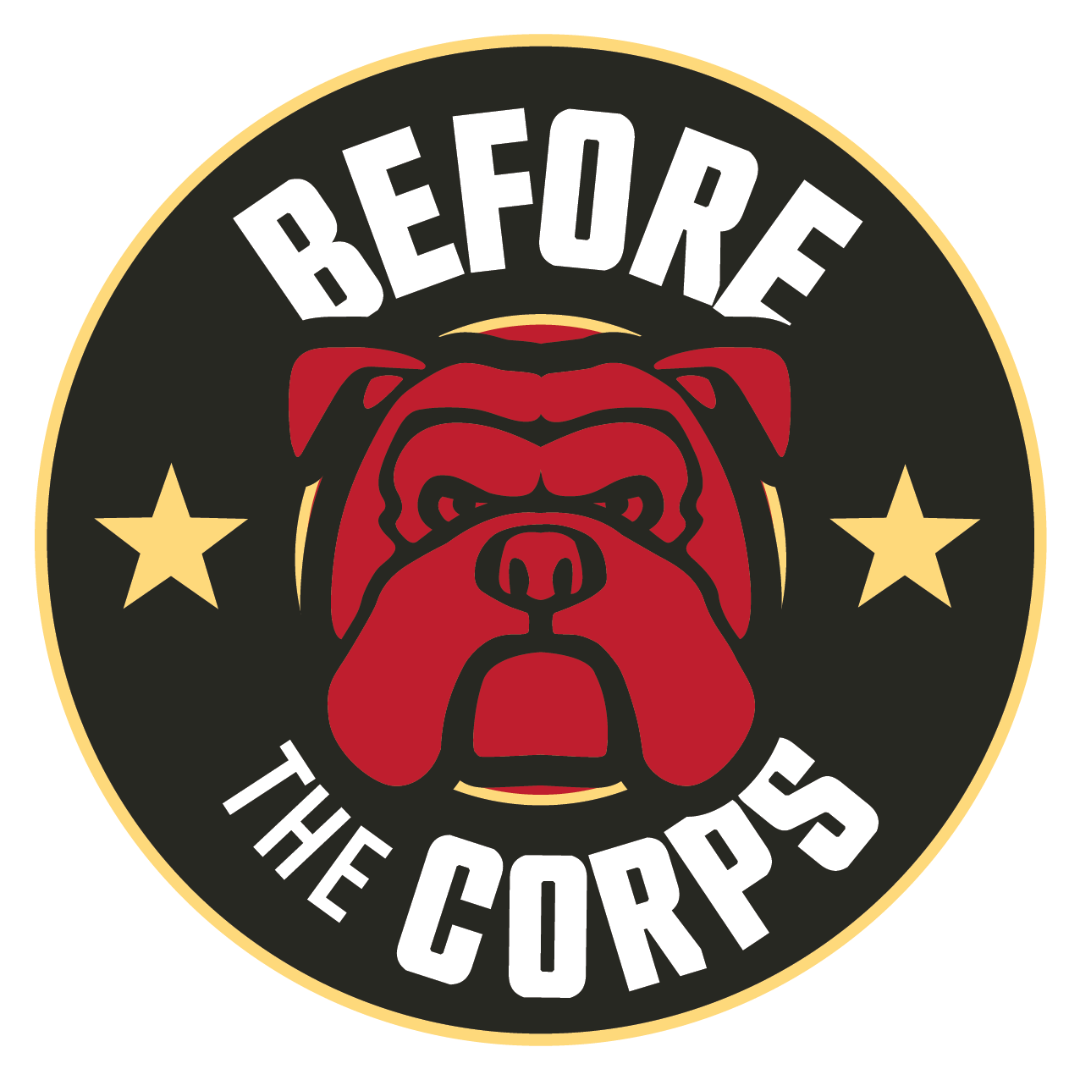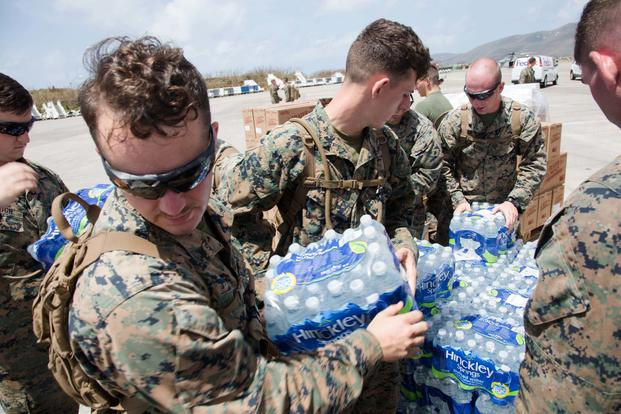Deployments - Earning your Salt
- Tobias Johnson

- Sep 6, 2020
- 3 min read
Updated: Oct 11, 2020
Many Marines want to know where they can go on deployment, and how to get them. Well, we've broken it down for you "Barney style."

There are generally three common types of deployment Marines can go on:
1) Standing Deployments
Unit Deployment Program (UDP)
Rotational Forces - BSRF and MRFD
2) Combat Deployments
3) Contingency Operations
Humanitarian Aid/Disaster Response
Embassy/Citizen Recovery
We will discuss each in further detail below.

Standing Deployments
The Marine Corps keeps plenty of its forces forward deployed for strategic reasons. These include deterrence, crisis response, and to build relationships with our allies. Generally, there are three types of standing deployments: The Marine Expeditionary Unit (MEU), the Unit Deployment Program (UDP), and Rotational Forces.
The MEU
The Marine Expeditionary Unit is one of the more classical types of Marine deployments. In this arrangement, Marines find themselves stationed aboard one of many types of United States Navy ships designed to fight from the air and sea. Marines can be assigned permanently to a MEU, or they can be attached to a MEU for a defined period of time temporarily. Marines of every single MOS can be attached to a MEU. While on a MEU, these "floating cans of whoop-ass" will make port calls in various countries, train with foreign militaries, and respond to crisis events as needed. They are task-organized to include an air combat element, a logistics combat element, and ground combat element overseen by a headquarters element.
The UDP
The Unit Deployment Program comes in many forms. Basically, each MEF requires certain elements to fight as a functional MAGTF, but can be logistically too far away from the continental US to provide support to a permanently standing unit. Enter the UDP - a scheduled deployment of one company from a battalion to Hawaii or Japan for 6 months to fill the gap. These is typically done by AmTrac and infantry units. You'll find yourself in Kaneohe Bay, Hawaii or Camp Schwab, Okinawa, Japan.
Rotational Forces
Similar to the UDP, the rotational force is a mini-MAGTF that is sent to foreign countries to maintain forward bases. There are two major rotational forces currently - the Marine Rotational Force in Darwin, Australia (MRF-D) and the Black Sea Rotational Force (BSRF) located in Romania. Marines of all MOS's will find themselves eligible to be stationed there in support of exercise forces and to maintain equipment. Should the USMC ever need to funnel forces through that area in support of combat operations, you are the people on the ground to ensure there is some organization for them to fall into.

Combat Deployments
The only real deployment is a combat deployment. We get asked all the time - "How do I get a combat deployment?" or "WhichMOS's get combat deployments?"
The answer is with every Marine a rifleman, and the MAGTF construct, every Marine has the opportunity to deploy in support of combat operations when the US is actively involved in a war. The wars in Afghanistan and Iraq have wound down completely to advisory operations. Unless you're in a Special Operations role, you will not see combat in 2020. However, the US has a long history of being at war, and the Marines are the first to fight. If you enlist, you will almost certainly have an opportunity to go overseas and fight at some point during your career. The longer you are in this gun club, the better your chances.

Contingency Operations
Marines are the US expeditionary force in readiness, meaning we are ready at a moment's notice to go wherever the nation needs us. We have historically responded to provide support in many crisis operations or in the event of humanitarian aid requirements.
Humanitarian Aid/Disaster Response
When hurricanes, tsunamis, earthquakes and more cause damage around the world, Marines respond to save lives and provide aid. We have done this in Haiti, Japan, the Philippines, Nepal, and many more places around the globe including New Orleans. The same equipment and tools we use for combat operations are perfect for helping to restore life support in many of the austere environments until the Red Cross and other NGO's can get there to provide long-term support.
American Citizen Recovery/Embassy Protection
When American's are in danger abroad, Marines respond. After the disaster in Benghazi in 2012, Marine FAST companies have been stood up around the globe in order to rapidly reinforce embassies and protect American lives around the world. Marines have done this for over 100 years, including the Peking legation and the Boxer Rebellion protecting Americans in China in the early 1900s. You'll have an opportunity to get involved in this mission set that is from our original Corps identity if you stick around this club long enough.







Comments